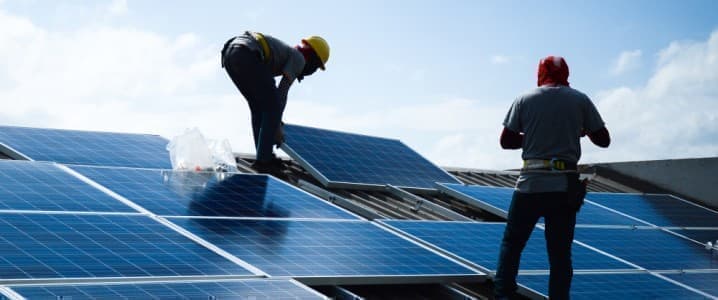
The renewable energy sector is grappling with a significant workforce crisis that threatens to hinder its growth. Despite rising demand for clean energy sources like wind and solar, a combination of challenges—including a critical talent gap—poses serious risks to the industry’s expansion. According to a recent report from McKinsey & Company, the anticipated quadrupling of global installed wind and solar capacity by 2030 will be nearly impossible to achieve without a qualified workforce.
While the costs of wind and solar energy continue to decline, the sector’s growth is impeded by various factors. Among these are intensified competition for suitable land, volatile global supply chains, and complex permitting processes. The labor shortage spans both white-collar and blue-collar roles, making it a pressing concern for the future of renewable energy initiatives.
The McKinsey report highlights the alarming reality that “there are too few people with specialized and relevant expertise and experience,” while many current workers are leaving for opportunities in other sectors. This situation raises concerns about the sustainability of the clean energy transition, as the industry struggles to attract and retain talent.
Addressing the Talent Gap
The lack of awareness surrounding career paths in the renewable energy sector further complicates the issue. Despite the established presence of solar and wind power in domestic markets, many potential employees are unaware of the opportunities available. Emerging clean energy fields, such as geothermal energy, face an even steeper challenge due to limited recognition and understanding among job seekers.
Even with these obstacles, industry professionals advocate for proactive measures rather than alarmist reactions. A report from Utility Drive outlines four strategic approaches to address the workforce shortage. These include building partnerships with educational institutions, creating Registered Apprenticeship pathways, updating credential requirements to match real-world needs, and rethinking outdated recruitment strategies.
Strategic alliances with educational providers are essential for cultivating a skilled workforce, especially in emerging industries like geothermal energy. For instance, businesses can collaborate with community colleges to develop programs that produce a pipeline of capable workers. Apprenticeships, which can apply to both white-collar and blue-collar positions, also promote hands-on learning and skill development outside traditional classroom environments.
Jeanine Vany, executive vice president of corporate affairs for Eavor, emphasizes the importance of educating younger generations about career opportunities in the renewable sector. She states, “If we can figure out a way to educate the younger generation that you can actually have a career that you can be proud of and help solve a problem the world is facing… I think that could go a long way.”
Looking Forward
While these initiatives will not resolve the workforce gap overnight, they signal a positive direction for the industry. Political factors may still discourage potential job seekers from pursuing careers in renewables, but the solutions identified by industry insiders can help mitigate the problem.
The transition to clean energy fundamentally relies on a capable workforce. As Utility Drive notes, “To meet the hiring challenges, employers will benefit from looking beyond the next position to fill and working toward a strategic, industry-wide vision for attracting talent.” Emphasizing collaboration, education, and innovative recruitment strategies will be crucial for the future of the renewable energy workforce.







